- 全部删除
 您的购物车当前为空
您的购物车当前为空
Fragilis/IFITM3 Protein, Human, Recombinant (mFc)
Interferon-induced transmembrane protein 3 (IFITM3) belongs to the CD225 family. To replicate, viruses must gain access to the host cell's resources. Interferon (IFN) regulates the actions of a large complement of interferon effector genes (IEGs) that prevent viral replication. The interferon-inducible transmembrane protein family members, IFITM1, 2, and 3, are IEGs required for inhibition of influenza A virus, dengue virus, and West Nile virus replication in vitro. IFITM3 is an IFN-induced antiviral protein that mediates cellular innate immunity to at least three major human pathogens, namely influenza A H1N1 virus, West Nile virus (WNV), and dengue virus (WNV), by inhibiting the early step(s) of replication. It is both necessary and sufficient for preventing the emergence of viral genomes from the endosomal pathway. Viral pseudo particles were inhibited from transferring their contents into the host cell cytosol by IFN, and IFITM3 was required and sufficient for this action. IFITM3 overexpression is sufficient for this phenotype. Moreover, IFITM3 partially resides in late endosomal and lysosomal structures, placing it in the path of invading viruses.
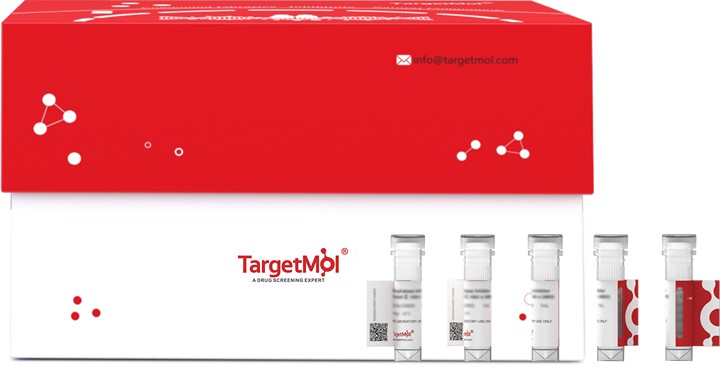
Fragilis/IFITM3 Protein, Human, Recombinant (mFc)
| 规格 | 价格 | 库存 | 数量 |
|---|---|---|---|
| 5 μg | ¥ 339 | 6-8日内发货 | |
| 10 μg | ¥ 543 | 6-8日内发货 | |
| 20 μg | ¥ 888 | 5日内发货 | |
| 50 μg | ¥ 1,730 | 5日内发货 | |
| 100 μg | ¥ 2,930 | 5日内发货 |
产品信息
| 生物活性 | Activity testing is in progress. It is theoretically active, but we cannot guarantee it. If you require protein activity, we recommend choosing the eukaryotic expression version first. |
| 产品描述 | Interferon-induced transmembrane protein 3 (IFITM3) belongs to the CD225 family. To replicate, viruses must gain access to the host cell's resources. Interferon (IFN) regulates the actions of a large complement of interferon effector genes (IEGs) that prevent viral replication. The interferon-inducible transmembrane protein family members, IFITM1, 2, and 3, are IEGs required for inhibition of influenza A virus, dengue virus, and West Nile virus replication in vitro. IFITM3 is an IFN-induced antiviral protein that mediates cellular innate immunity to at least three major human pathogens, namely influenza A H1N1 virus, West Nile virus (WNV), and dengue virus (WNV), by inhibiting the early step(s) of replication. It is both necessary and sufficient for preventing the emergence of viral genomes from the endosomal pathway. Viral pseudo particles were inhibited from transferring their contents into the host cell cytosol by IFN, and IFITM3 was required and sufficient for this action. IFITM3 overexpression is sufficient for this phenotype. Moreover, IFITM3 partially resides in late endosomal and lysosomal structures, placing it in the path of invading viruses. |
| 种属 | Human |
| 表达系统 | HEK293 Cells |
| 标签 | N-mFc |
| 蛋白编号 | Q01628 |
| 别名 | IP15,interferon induced transmembrane protein 3,DSPA2b,1-8U |
| 蛋白构建 | A DNA sequence encoding the human IFITM3 (NP_066362.2) (Met1-His57) was expressed, fused with the Fc region of mouse IgG1 at the N-terminus. Predicted N terminal: Asp |
| 蛋白纯度 | > 95 % as determined by SDS-PAGE |
| 分子量 | 32.9 kDa (predicted); 33-45 kDa (reducing condition, due to glycosylation) |
| 内毒素 | < 1.0 EU/μg of the protein as determined by the LAL method. |
| 缓冲液 | Lyophilized from a solution filtered through a 0.22 μm filter, containing PBS, pH 7.4. Typically, a mixture containing 5% to 8% trehalose, mannitol, and 0.01% Tween 80 is incorporated as a protective agent before lyophilization. |
| 复溶方法 | A Certificate of Analysis (CoA) containing reconstitution instructions is included with the products. Please refer to the CoA for detailed information. |
| 存储 | It is recommended to store recombinant proteins at -20°C to -80°C for future use. Lyophilized powders can be stably stored for over 12 months, while liquid products can be stored for 6-12 months at -80°C. For reconstituted protein solutions, the solution can be stored at -20°C to -80°C for at least 3 months. Please avoid multiple freeze-thaw cycles and store products in aliquots. |
| 运输方式 | In general, Lyophilized powders are shipping with blue ice. |
| 研究背景 | Interferon-induced transmembrane protein 3 (IFITM3) belongs to the CD225 family. To replicate, viruses must gain access to the host cell's resources. Interferon (IFN) regulates the actions of a large complement of interferon effector genes (IEGs) that prevent viral replication. The interferon-inducible transmembrane protein family members, IFITM1, 2, and 3, are IEGs required for inhibition of influenza A virus, dengue virus, and West Nile virus replication in vitro. IFITM3 is an IFN-induced antiviral protein that mediates cellular innate immunity to at least three major human pathogens, namely influenza A H1N1 virus, West Nile virus (WNV), and dengue virus (WNV), by inhibiting the early step(s) of replication. It is both necessary and sufficient for preventing the emergence of viral genomes from the endosomal pathway. Viral pseudo particles were inhibited from transferring their contents into the host cell cytosol by IFN, and IFITM3 was required and sufficient for this action. IFITM3 overexpression is sufficient for this phenotype. Moreover, IFITM3 partially resides in late endosomal and lysosomal structures, placing it in the path of invading viruses. |








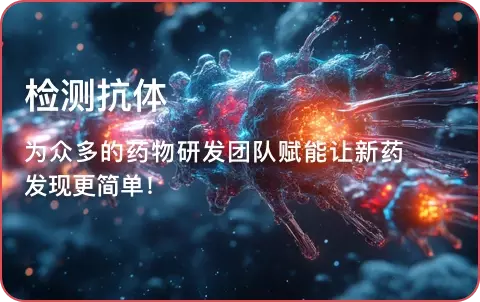


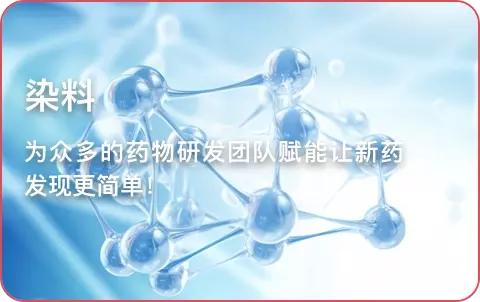


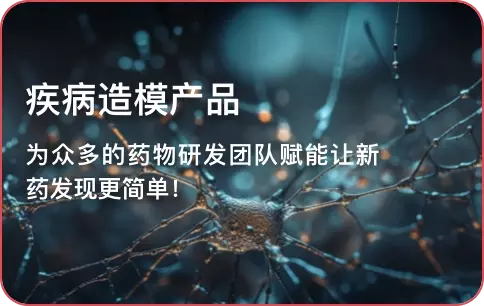


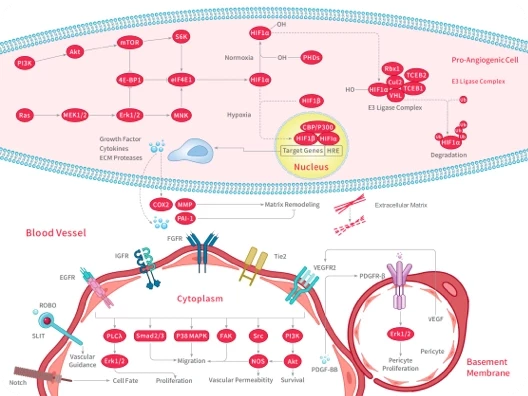

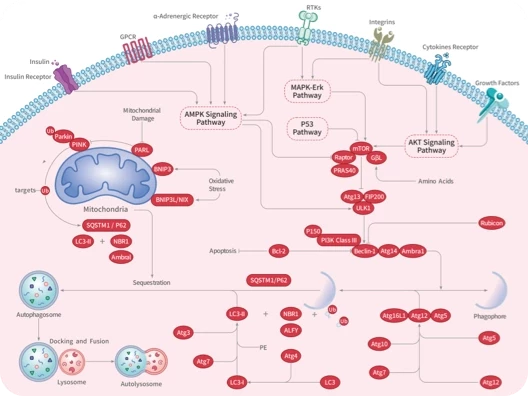

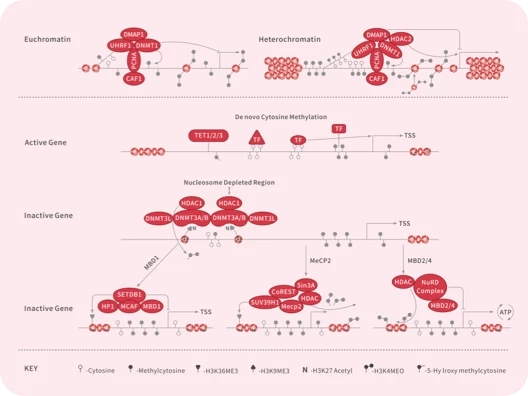
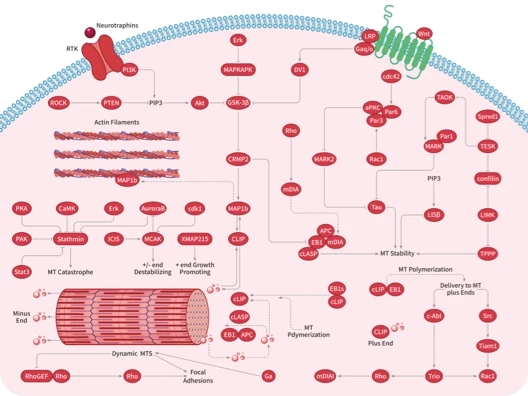
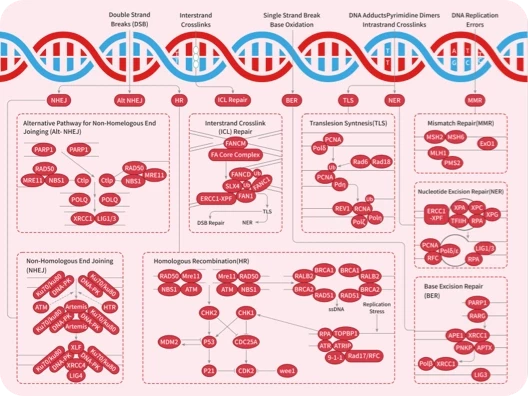
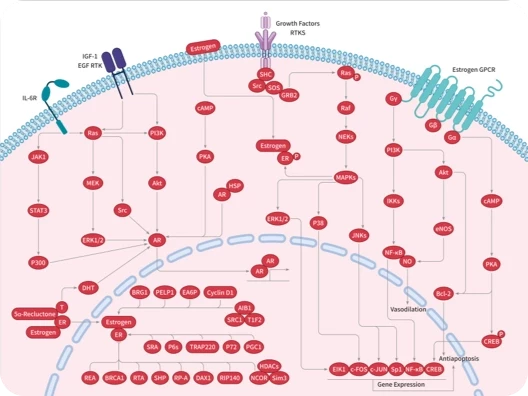
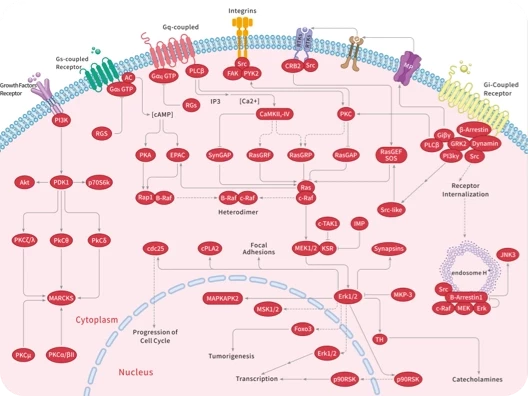
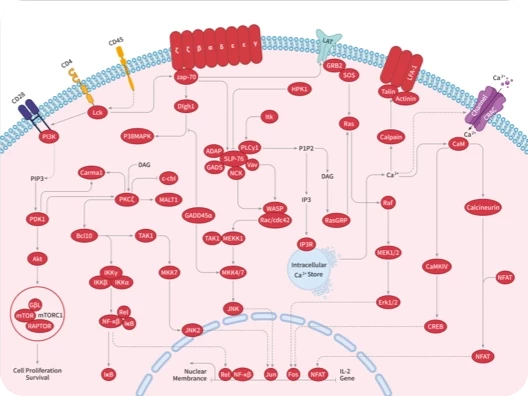
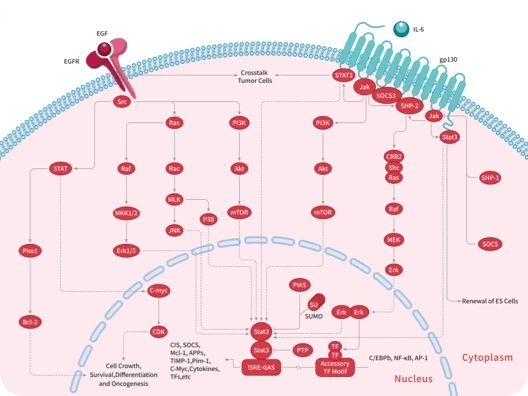
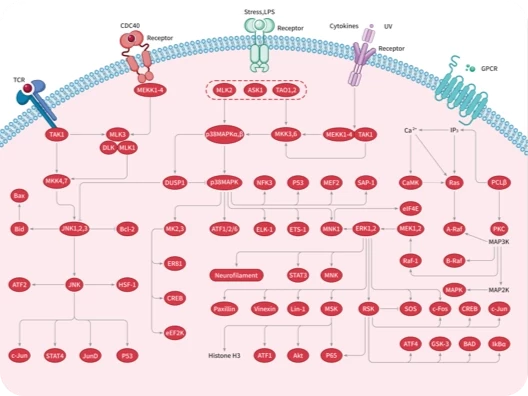
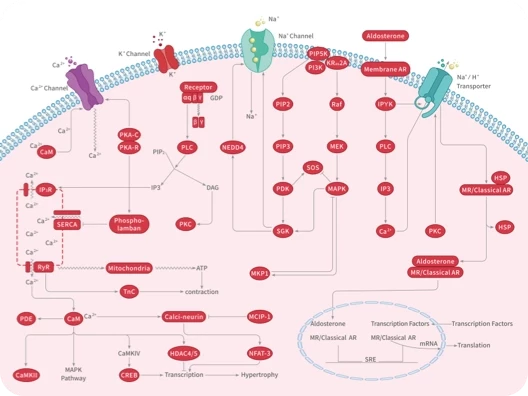
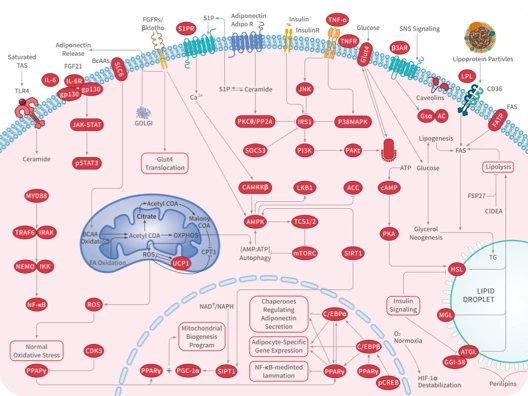
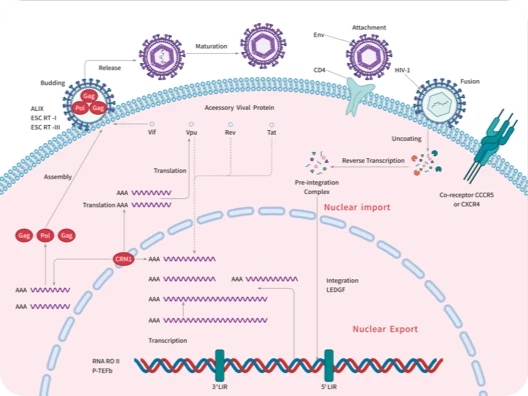

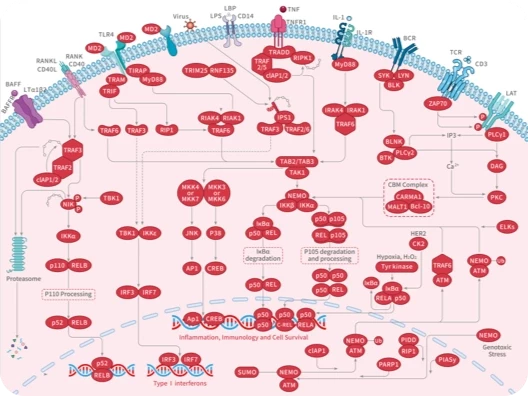
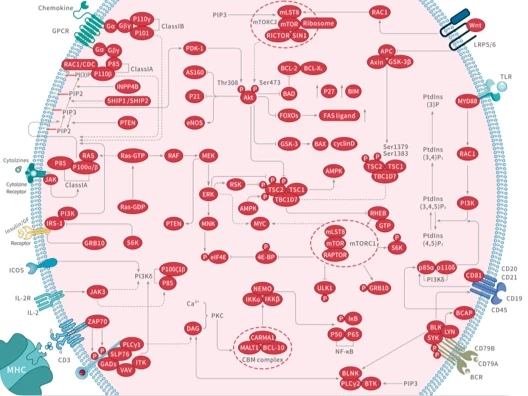
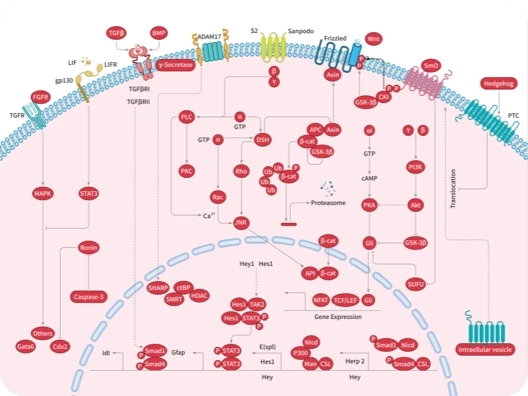
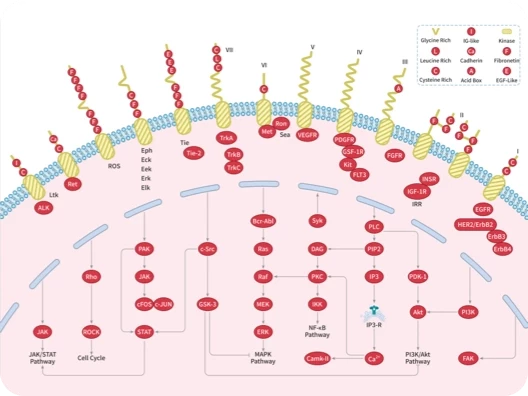
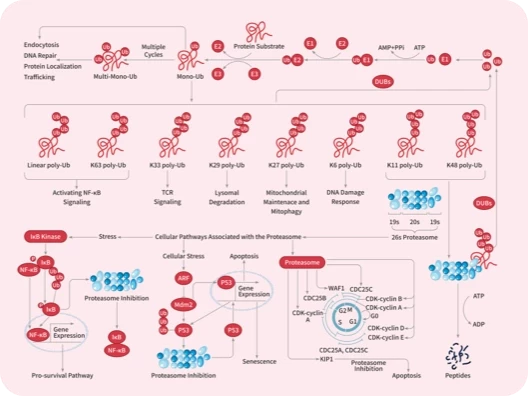


 |
|